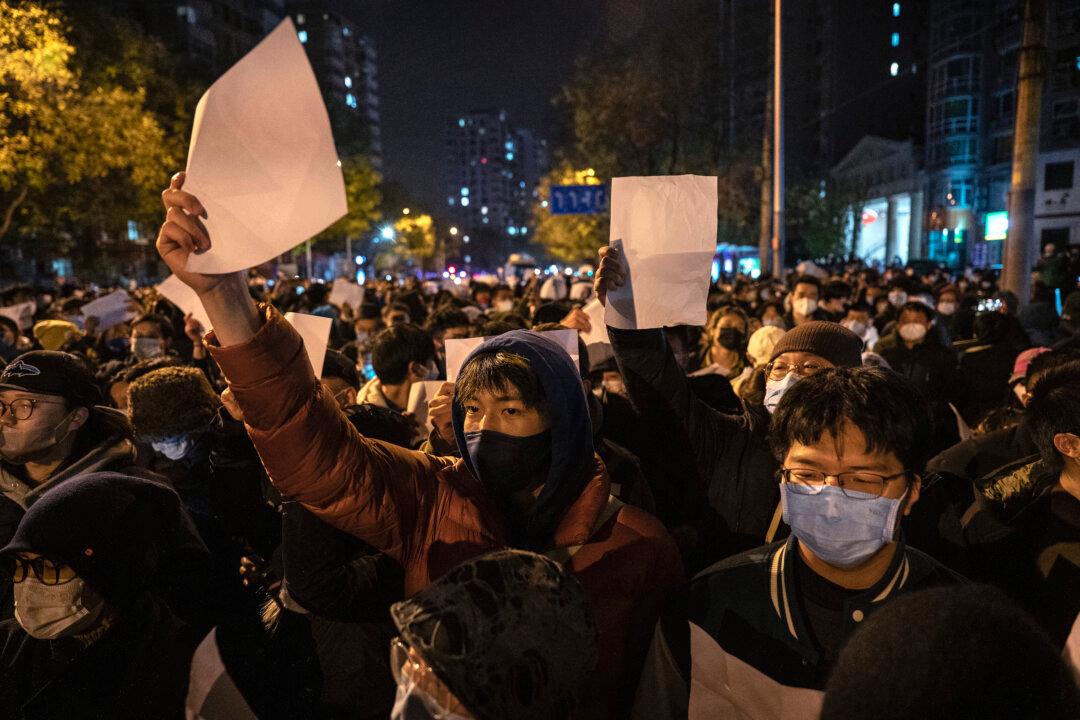Commentary
It is time for the world to move beyond the Chinese Communist Party (CCP) and to commence thinking through post-communist futures for China. The CCP’s rule is seen as illegitimate by all classes.

It is time for the world to move beyond the Chinese Communist Party (CCP) and to commence thinking through post-communist futures for China. The CCP’s rule is seen as illegitimate by all classes.